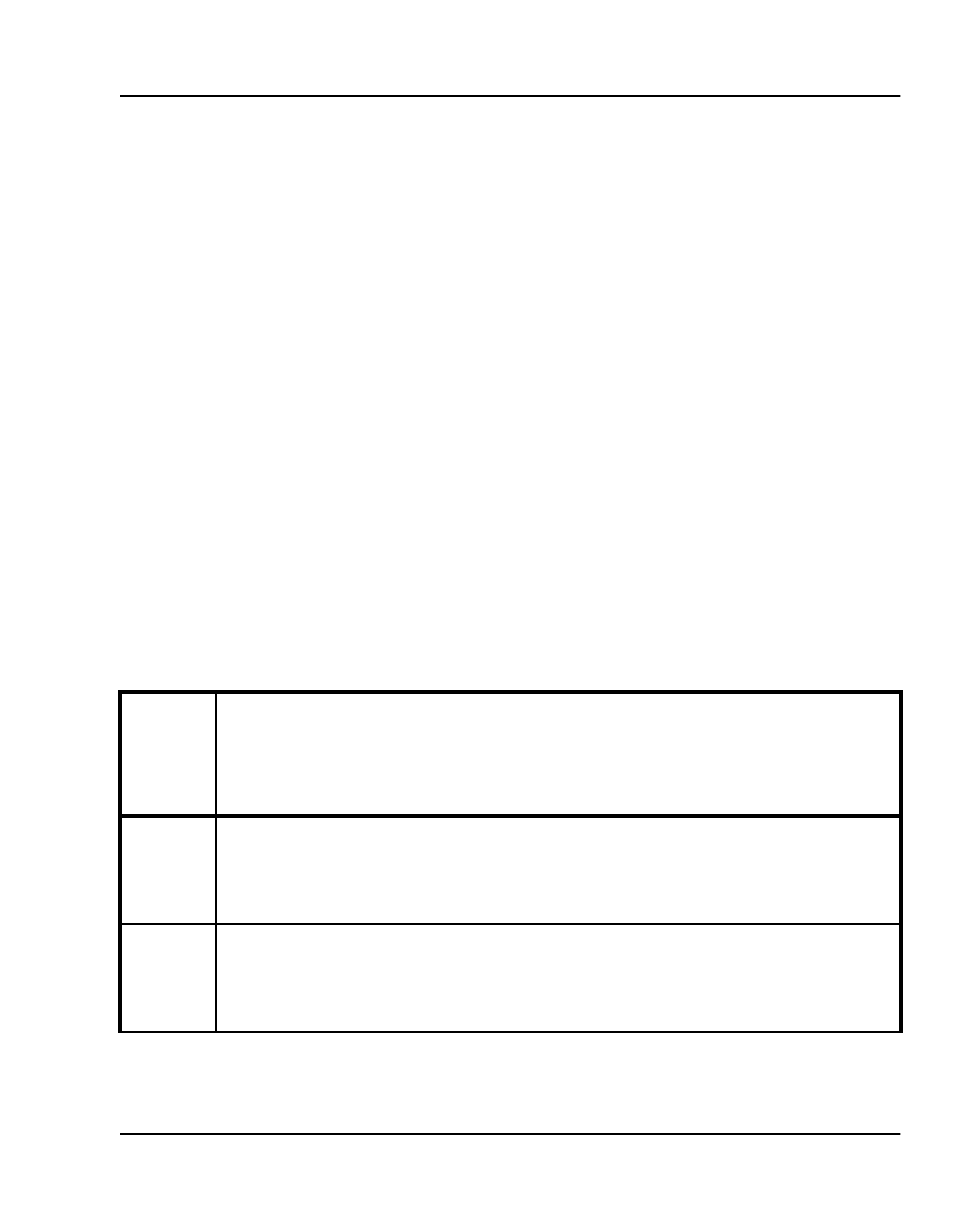- LG Software Innovations Coffeemaker User Manual
Table Of Contents
- Title Page
- Revision history
- Contents
- About this guide
- Description
- System requirements
- List of ITG ISDN components
- Ordering rules and guidelines
- ITG ISL Trunk card description
- ITG ISL Trunk card physical description
- ISDN Signaling Link
- Dialing plans
- Quality of Service
- Fallback to alternate facilities
- Type of Service
- Fax support
- Remote Access
- Per-call statistics support using RADIUS Client
- SNMP MIB
- Codec profiles
- Security passwords
- ITG Engineering Guidelines
- Introduction
- Network engineering guidelines overview
- ITG traffic engineering
- Configuration of Meridian 1 routes and network translation
- Assess WAN link resources
- QoS Evaluation Process Overview
- Set QoS
- Measure intranet QoS
- Implement QoS in IP networks
- ITG Trunk DSP profile settings
- Post-installation network measurements
- Estimate QoS level
- ITG MAT PC management configuration
- Install and configure ITG ISL Trunk node
- Before you begin
- Installation Procedure Summary
- Create the ITG Trunk Installation Summary Sheet
- Install and cable ITG trunk cards
- Install NTCW84JA Large System I/O Panel 50-Pin filter adapter
- Install NTMF94EA and NTCW84KA cables
- D-channel cabling for the NT0961AA 24-Port ITG Trunk card
- Set NT6D80 MSDL switches
- Install filter and NTND26 cable (for MSDL and DCHIP cards in same Large System equipment row)
- Install filter and NTND26 cable (for MSDL and DCHIP cards in different Large System equipment rows)
- Configure ITG Trunk data on the Meridian 1
- Configure dialing plans within the corporate network
- Configure ITG Trunk data on MAT
- Transmit ITG trunk card configuration data from MAT to the ITG trunk cards
- Set date and time for the ITG ISL Trunk node
- Change the default ITG shell password to maintain access security
- Change default ESN5 prefix for non-ESN5 IP telephony gateways
- Check card software
- Configure MAT Alarm Management to receive SNMP traps from ITG ISL Trunk cards
- Make test calls to the remote ITG nodes
- Upgrade an ITG Trunk 1.0 node to support ISDN signaling trunks
- Upgrade procedure summary
- Before you begin
- Install the DCHIP hardware upgrade kit
- Upgrade the 8-port ITG basic trunk software to ITG ISL trunk software
- Remove ITG 1.0 configuration data from Meridian 1
- Configure the Meridian 1 ITG ISL Trunk data: upgrade considerations
- Verify ROM-BIOS version
- Upgrade Troubleshooting
- OA&M using MAT applications
- OA&M using the ITG shell CLI and overlays
- Maintenance
- Appendix A: Calbe description and NT8D81BA cable replacement
- NTMF94EA E - LAN, T - LAN and Serial Port cable
- NTCW84KA E-LAN, T-LAN, DCH & Serial cable
- NTAG81CA Faceplate Maintenance cable
- NTAG81BA Maintenance Extender cable
- NTCW84EA DCH PC Card Pigtail cable
- NTMF04BA MSDL extension cable
- NTCW84LA and NTCW84MA upgrade cables
- Prevent ground loops on connection to external customer LAN equipment
- Replace cable NT8D81BA with NT8D81AA
- Tools list
- NT8D81BA cable removal procedures
- Appendix B: Environmental and electrical regulatory data
- Appendix C: Subnet mask conversion from CIDR to dotted decimal format
- Appendix D: Configure a Netgear RM356 modem router for remote access
- Index
- Back

ITG Engineering Guidelines Page 77 of
378
ITG Trunk 2.0 ISDN Signaling Link (ISL) Description, Installation and Operation
A WAN route with bandwidth of 1.536 Mbit/s or more can be loaded up to
80% (voice packets must have priority over data), a smaller WAN pipe
(64 kbit/s) is recommended to a loading of 50%.
When the WAN route prioritizes VoIP application over data traffic, the route
bandwidth can be engineered to 90% loading level. Otherwise, only 80%.
In Tables 5 and 6, the first WAN bandwidth is without Frame Relay or ATM
overhead.
The Frame Relay overhead is eight bytes (over IP packet).
The LLC SNAP (Link Layer Control SubNetwork Attachment Point) and
AAL5 overhead for ATM is 16 bytes (over IP packet).
IP packet size over 53 bytes requires two ATM cells, over 106 bytes requires
three ATM cells, etc. Within the same number of cells, the bandwidth
requirements are the same for packets with different sizes.
MAT input for FAX is in bytes (ranged from 20 to 48), 30-byte is the default.
It is different from voice applications where payload size is the input.
Table 5
Silence suppression enabled, T-LAN Ethernet and WAN IP bandwidth usage per ITG port
(Part 1 of 2)
Codec type
Codec
Multi -
frame
duration
in ms
(payload)
(one way)
Voice/fax
payload
Multi -
frame
in bytes
(one way)
IP voice
packet in
bytes
(one way)
Ethernet
voice
packet in
bytes
(one way)
Bandwidth
use on
T-LAN in
kbit/s
(two way)
Bandwidth
use on
WAN in
kbit/s
(one way)
WAN with
Frame
Relay
overhead
in kbit/s
(one-way)
WAN with
ATM
overhead
in kbit/s
(one-way)
G.711
(64 kbit/s)
10 80 120 146 140.2 57.6 61.4 76.3
20 160 200 226 108.5 48.0 49.9 63.6
30 240 280 306 97.9 44.8 46.1 59.4
G.729AB
G.729A
(8 kbit/s)
10 10 50 76 73.0 24.0 27.8 50.9
20 20 60 86 41.3 14.4 16.3 25.4
30 30 70 96 30.7 11.2 12.5 17.0










